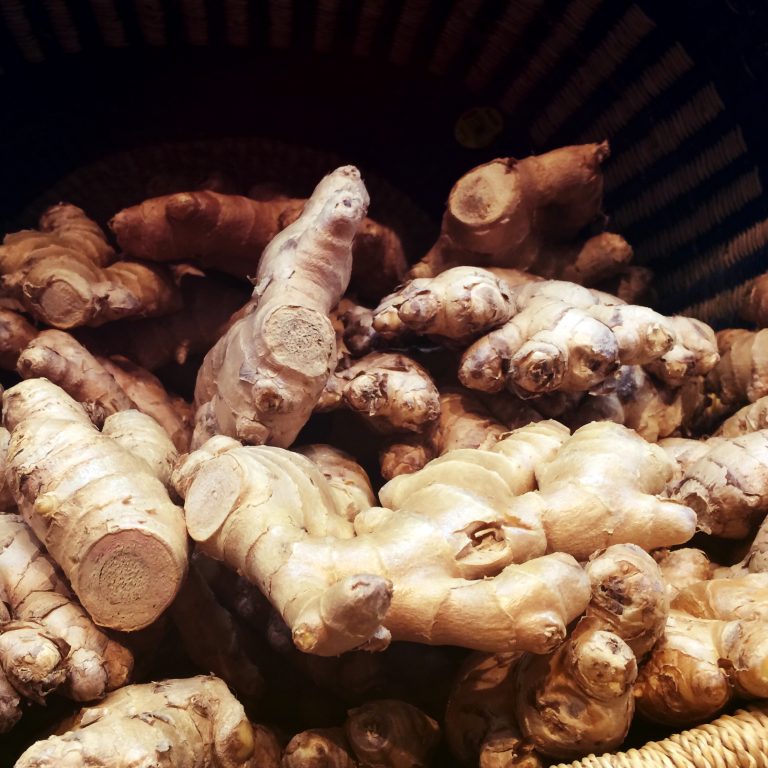Don’t Rake Up Those Autumn Leaves
October 3, 2012
One of the most dreaded tasks of the autumn season is removal of the fallen autumn leaves. If you have a large lawn and plan to remove the leaves yourself – you are looking at an incredible time commitment. On the other hand, if you pay someone to remove leaves for you – the out-of-pocket expense can be hard to swallow.
What if I told you that removing the leaves on your lawn was unnecessary? What if I went further and told you the removal of leaves from your lawn can actually have a negative effect on your lawn? Many people battle with the patchy, brown, dying lawn all spring and summer. They purchase fertilizers and phosphates to place on the lawn in hopes of a speedy growth and recovery. However, for most people these fertilizers are unnecessary if they would have made use of the piles of leaves they were given for free in the fall.
Leaves are rich in phosphorus and other organic matters that are fantastic for the lawn. Phosphorus itself helps promote healthy growth and strong roots. This means a healthy and green lawn. The leaves also help flowers, plants, trees, veggies, and fruits grow more effectively.
How can you harness the great power of the leaves without leaving your yard in a leaves covered mess?
The answer is actually quite simple. You may be one of those people who does the Hallelujah dance at the start of fall because you no longer will have to worry about mowing your lawn. The grass is stopping growth and you can relax and put the lawnmower to rest. However, if you are willing to break the lawnmower out a few more times in place of the rake and leaf blower, you will see some incredible benefits.
To take care of the messy look of leaves on your lawn simply mow over them. Mowing the leaves will break them up and create leaf mulch on the top of your lawn. The leaf mulch adds a nutrient and phosphorus rich layer to the top of your lawn that will feed your lawn and prepare it for next spring.
What if you have an overabundance of leaves?
If you have too many leaves to just mow them into the lawn, rake some into a pile and place them in bags. You can store the leaves until next spring. At that point you can mulch the leaves and use them in your garden. If you have a composter you can add the leaves to the compost.
Harnessing the power of the leaves this fall will ensure that your lawn and flowerbeds are looking their best without the use of fertilizers or chemicals.
Have you tried this?





